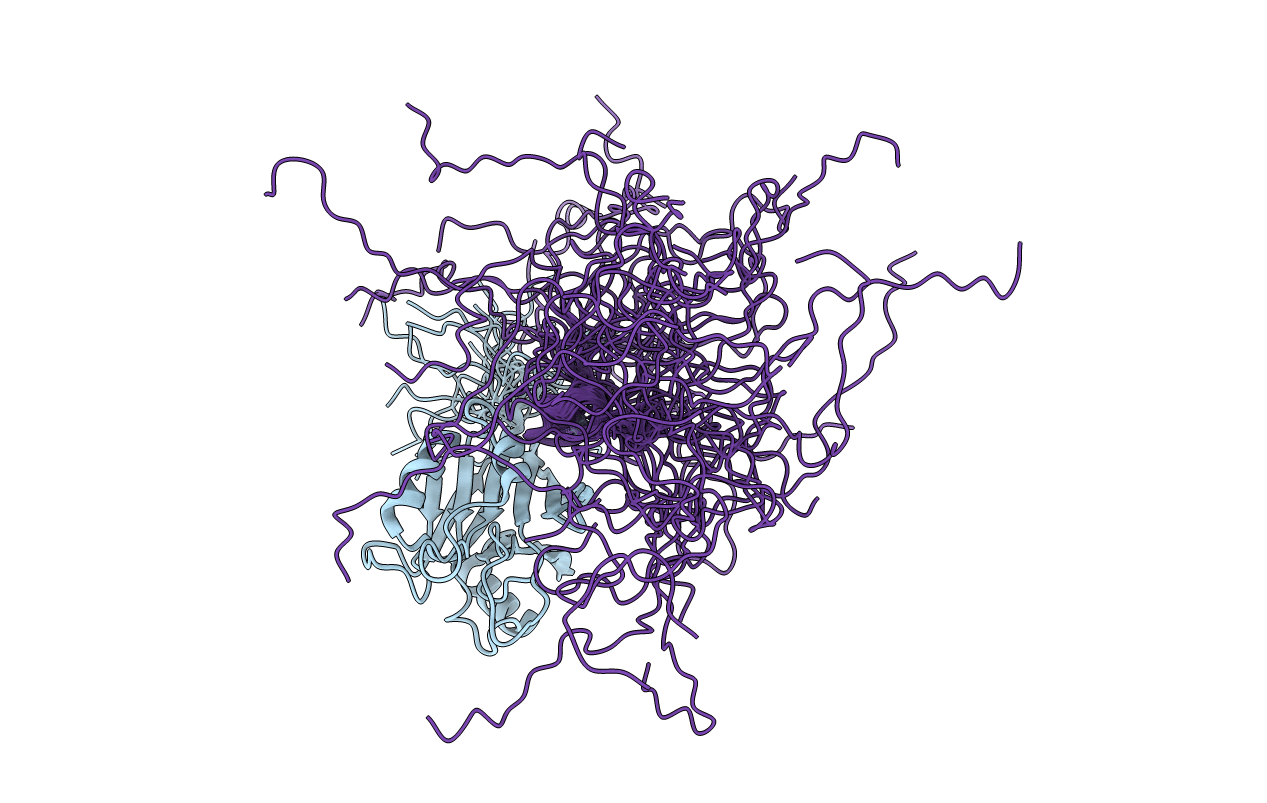
Deposition Date
2019-11-29
Release Date
2020-10-21
Last Version Date
2024-05-15
Entry Detail
PDB ID:
6TL0
Keywords:
Title:
Solution structure and 1H, 13C and 15N chemical shift assignments for the complex of VPS29 with VARP 687-747
Biological Source:
Source Organism:
Mus musculus (Taxon ID: 10090)
Homo sapiens (Taxon ID: 9606)
Homo sapiens (Taxon ID: 9606)
Host Organism:
Method Details:
Experimental Method:
Conformers Calculated:
50
Conformers Submitted:
25
Selection Criteria:
structures with the lowest energy


